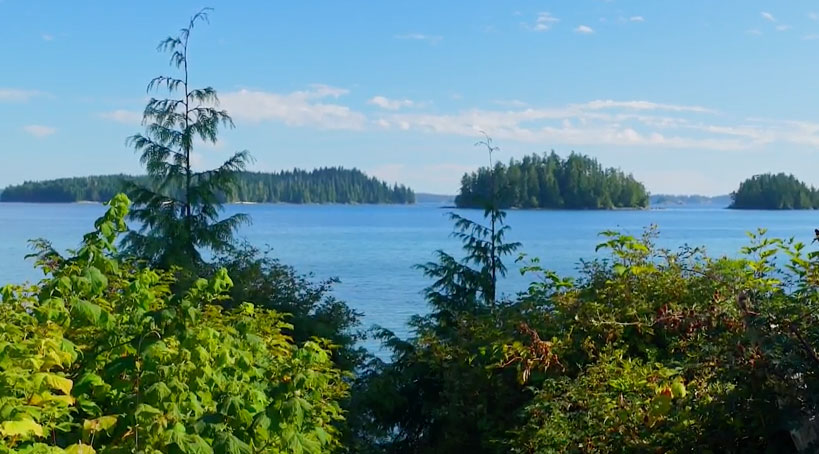Britco Structures of Langley has been a prime sponsor of the Lt. Governor Steven Point’s aboriginal literacy initiative from the beginning. The company, which builds modular trailers on its property in suburban Langley, donated the first modular trailer to the Toosey Reserve near Williams Lake in 2011. Britco is now promising to get even more deeply involved in the Write to Read project.

 In this video clip Britco General Manager of Leasing Christoph Neufeld explains that the response to their donation of the first trailer was so overwhelming that the company has decided to continue its involvement, but to an even greater extent. Each trailer costs about $25,000 to build, and there are also transportation costs to deliver each trailer to remote locations around the province. Nonetheless, Britco has offered to build, donate and deliver many more trailers in 2012 and 2013.
In this video clip Britco General Manager of Leasing Christoph Neufeld explains that the response to their donation of the first trailer was so overwhelming that the company has decided to continue its involvement, but to an even greater extent. Each trailer costs about $25,000 to build, and there are also transportation costs to deliver each trailer to remote locations around the province. Nonetheless, Britco has offered to build, donate and deliver many more trailers in 2012 and 2013.
“We have committed to a total of 6 modular buildings now,” says Neufeld, and “and we may do more in the future. We are committed to be partners in the Write to Read Project, and to finding out what the First Nations needs are, and where they are located, and find out how we can help.”
The first modular building was a donation from Britco to the Toosey band of the Chilcotin Nation at Riske Creek near Williams Lake. The 40’ by 12’ trailer was towed to the reserve and installed next to the new band office, where it is acting as a library. Inside the library are several new computers, equipped with high-speed broadband connections. The library, band office and kitchen now serve as a community centre for the entire Toosey band.




